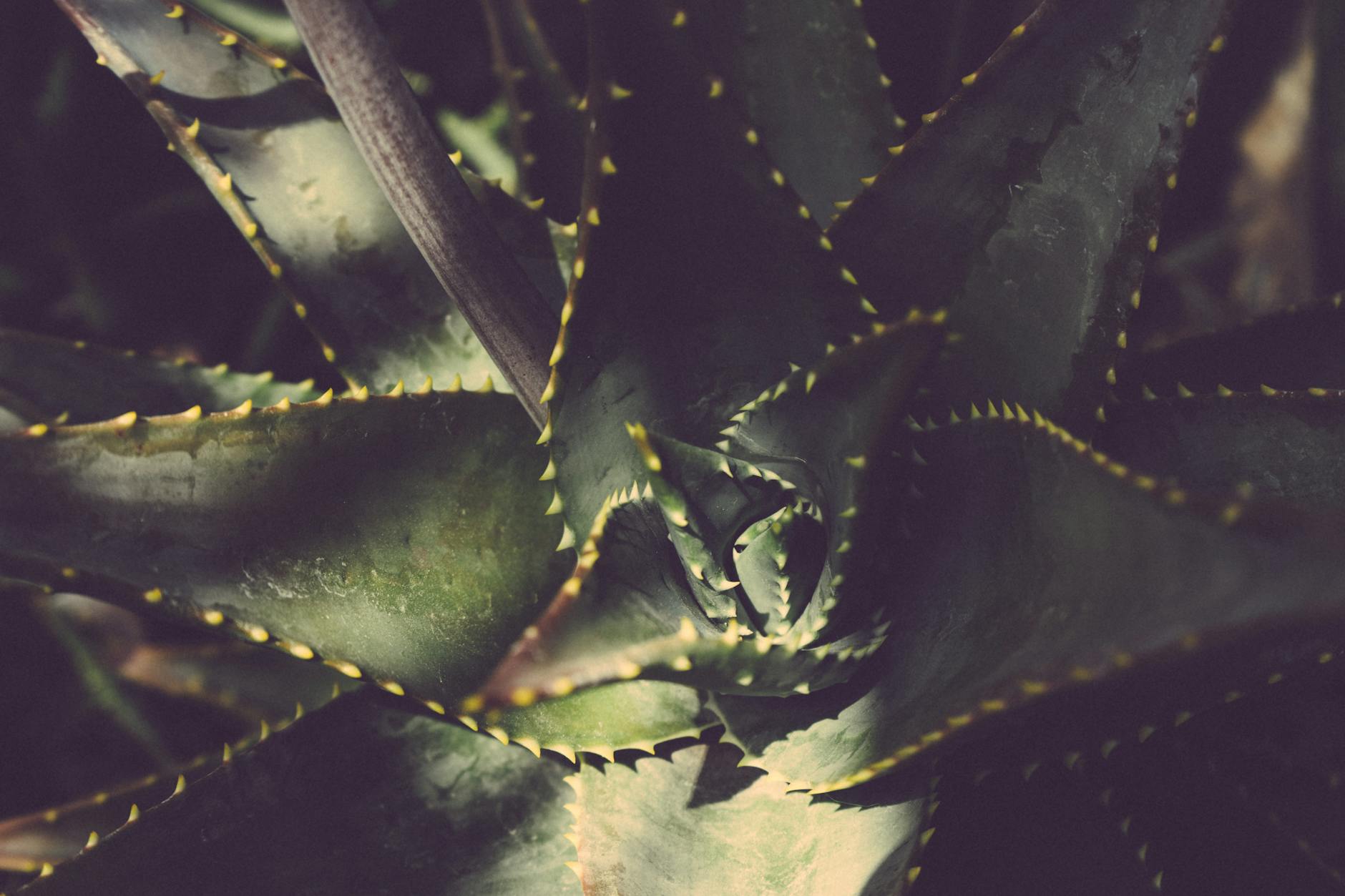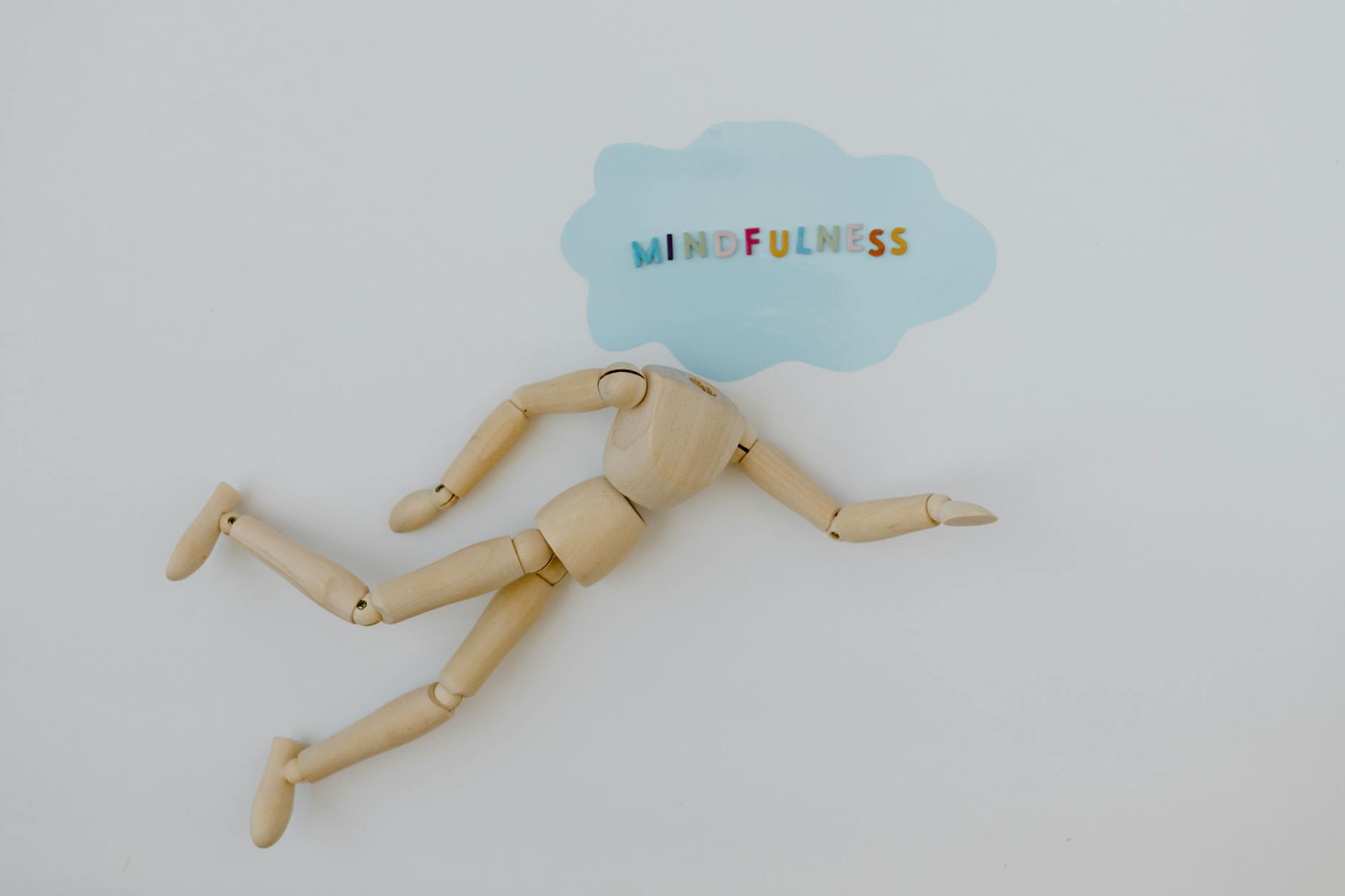For millennia, certain cultures have recognized and harnessed the healing properties of unique psychedelic plant medicines such as Ayahuasca, Psilocybin, and DMT in traditional healing practices. These sacred plants, dubbed as entheogens, have been integral parts of shamanic rituals where they are used to facilitate spiritual awakening and healing.
Recent scientific investigations have begun to uncover the beneficial impact of these plant medicines on human health, often affirming what indigenous communities have known for centuries. These therapeutic effects range from psychological healing to neuroregeneration, and they are gradually being acknowledged in the field of medicine.
One of the most notable psychedelic plant medicines is Ayahuasca, a potent brew native to the Amazon rainforest. Traditionally employed by indigenous communities during spiritual ceremonies, Ayahuasca has shown considerable efficacy in treating conditions like depression, addiction, PTSD, and anxiety. Its potent healing properties come from two key components: DMT, which facilitates potent visual psychotropic experiences, and Banisteriopsis caapi, a vine that contains substances inhibiting the body’s natural metabolization of DMT.
Meanwhile, Psilocybin, a natural compound found in more than 200 species of mushrooms, has also been a subject of modern medicinal interest. Termed as “magic mushrooms,” they have long been used in shamanic rituals in Mesoamerica for their pharmacological effects. Recent clinical trials have unveiled promising results, showing that Psilocybin may potentially treat mental health conditions such as depression, anxiety, and addiction.
Dimethyltryptamine or DMT, another significant psychedelic compound, is not only present in the Ayahuasca brew but is also found in numerous plants worldwide. Similar to other entheogens, DMT has been used in traditional healing practices for its visionary properties. Modern investigations suggest that DMT can have therapeutic effects in the management of substance use disorders and anxiety, though more research is needed to fully understand its potential uses.
The potential of these psychedelic plant medicines is immense. However, it’s crucial to highlight that their use should always be supervised by trained practitioners, particularly because they can trigger intense psychological experiences. In traditional healing practices, shamans or trained healers play an essential role in guiding individuals through this process, ensuring that the journey is not only safe but also beneficial.
The psychedelic renaissance is well underway with scientific and medical studies affirming what indigenous cultures have always known – these plant medicines indeed have powerful healing properties. However, any healing journey involving these substances should be embarked upon with caution, respect and, in ideal circumstances, within a traditional or medical framework.
To conclude, while the use of psychedelic plant medicines in clinical practice is still the subject of ongoing research, the collected evidence suggests an extraordinary potential for these entheogens. By honoring traditional healing practices and merging them with modern scientific methods, we might be on the brink of a significant breakthrough where ancient wisdom and modern science meet, delivering unprecedented healing modalities to our society.
Sources:








